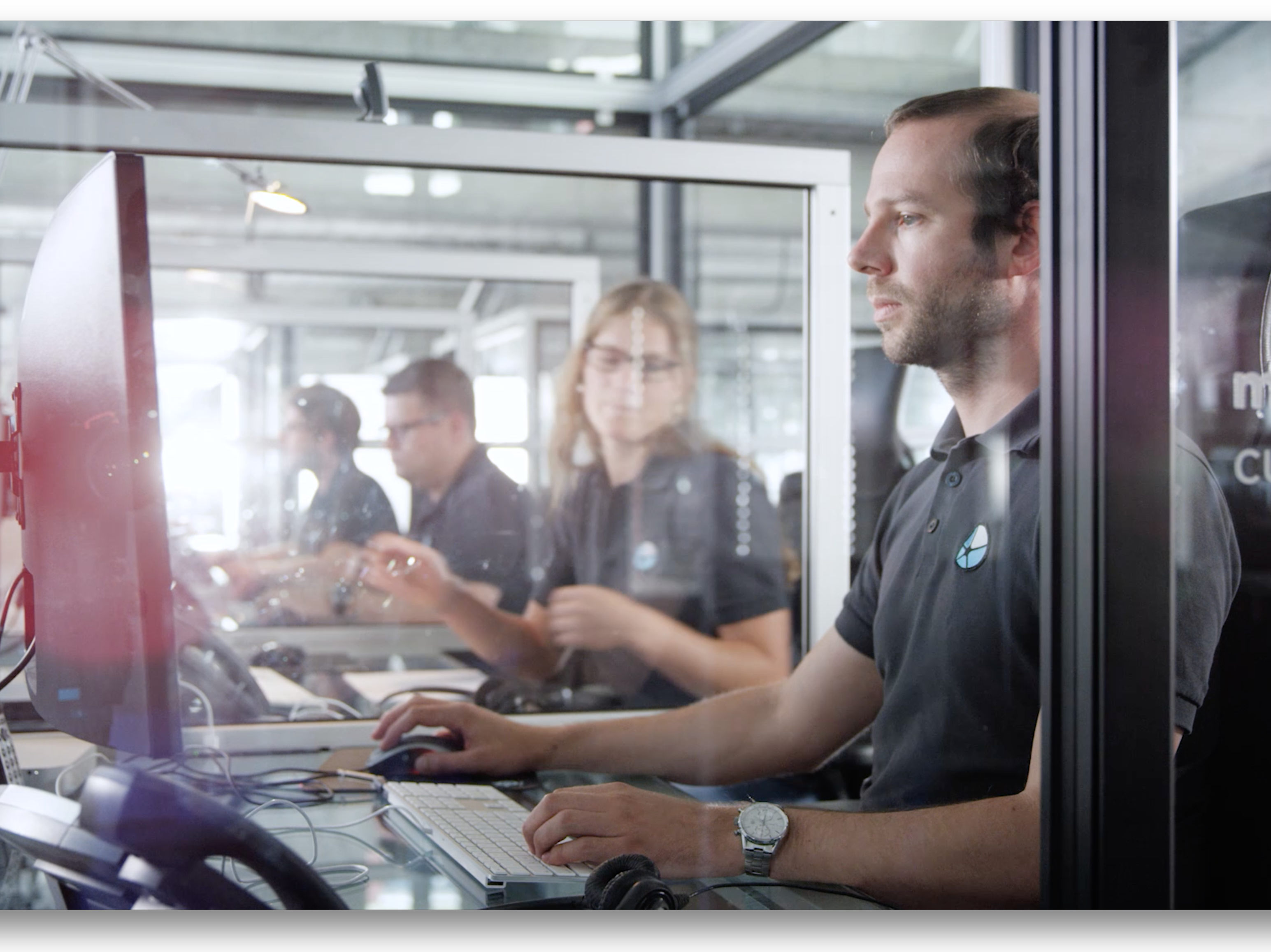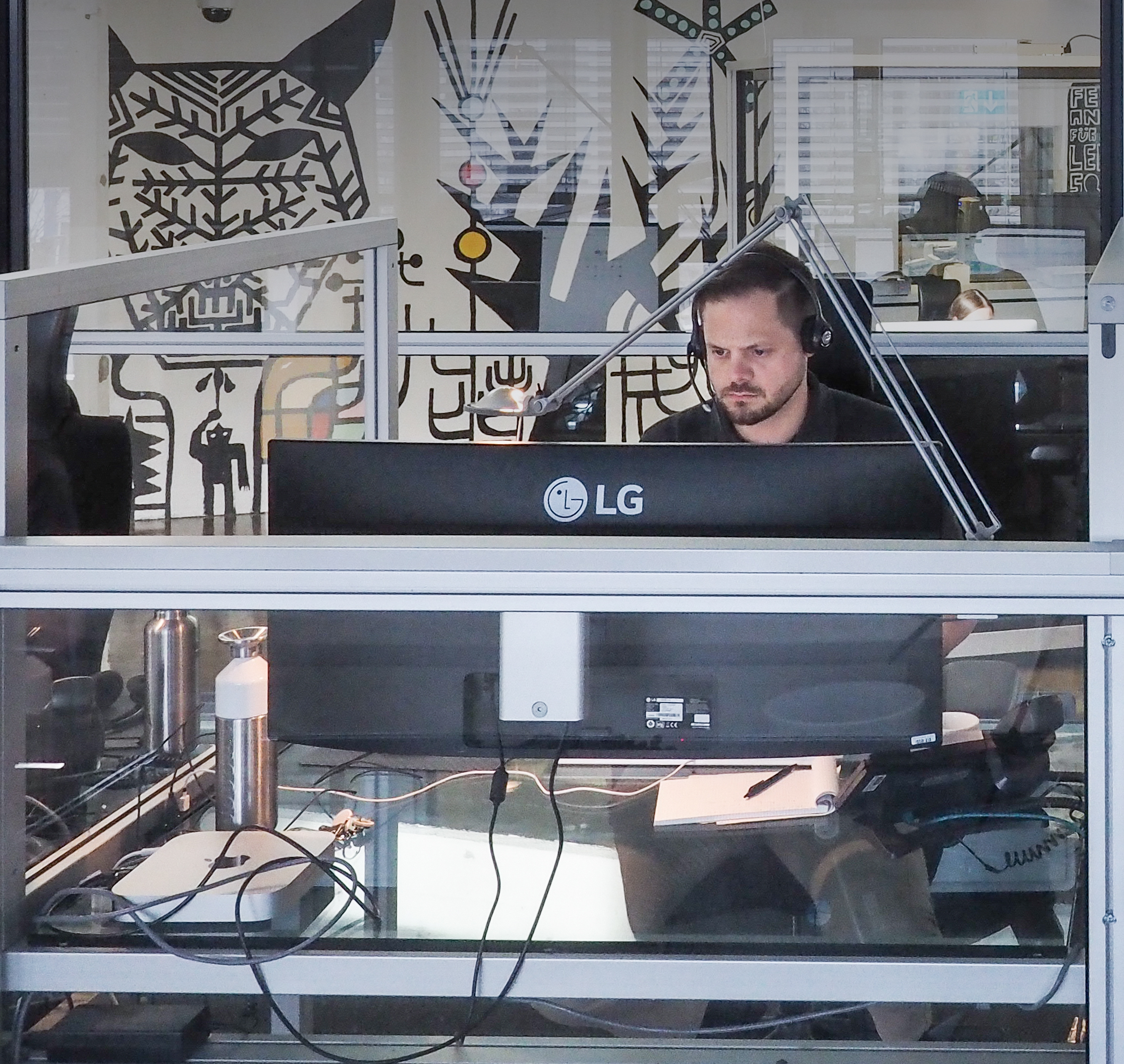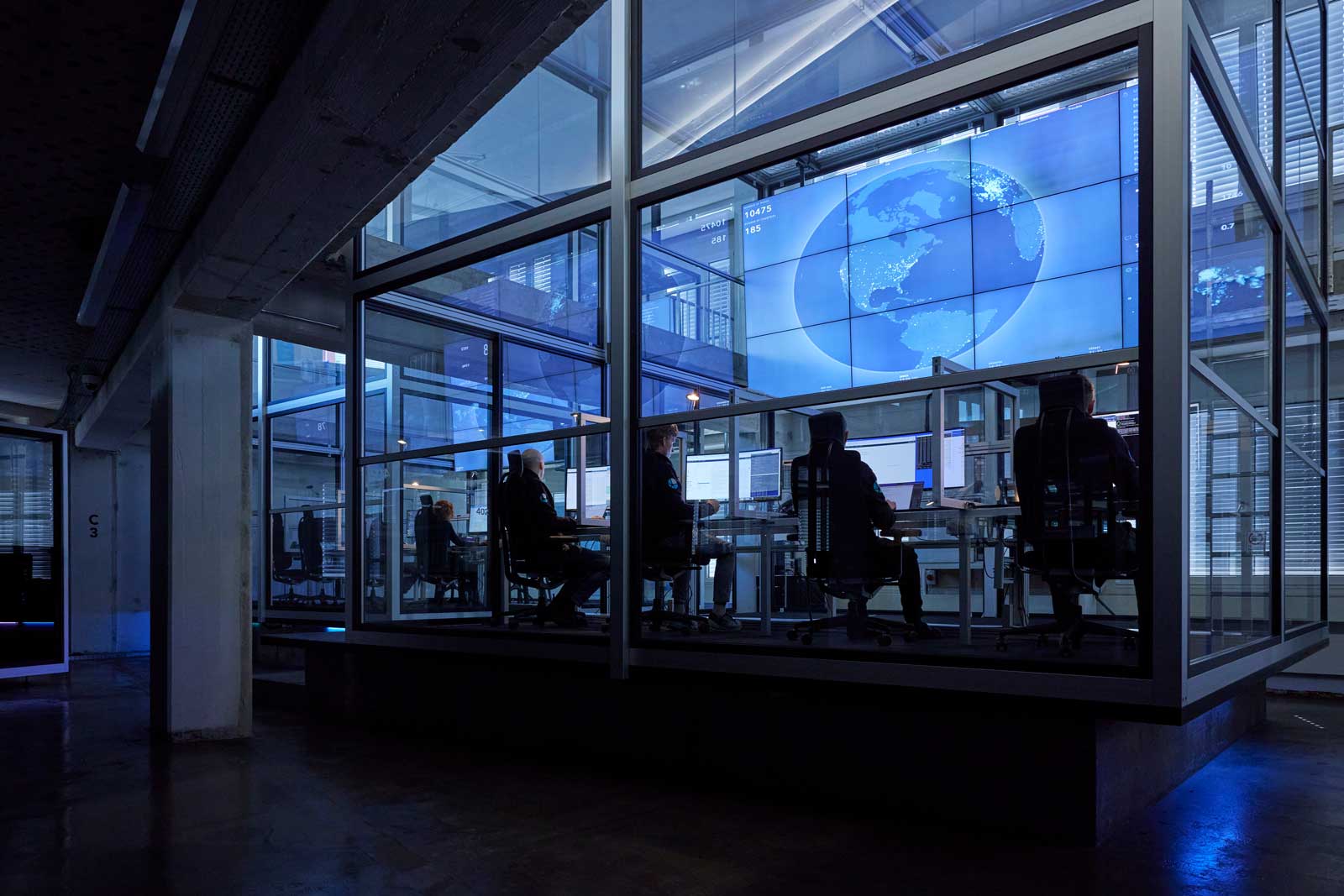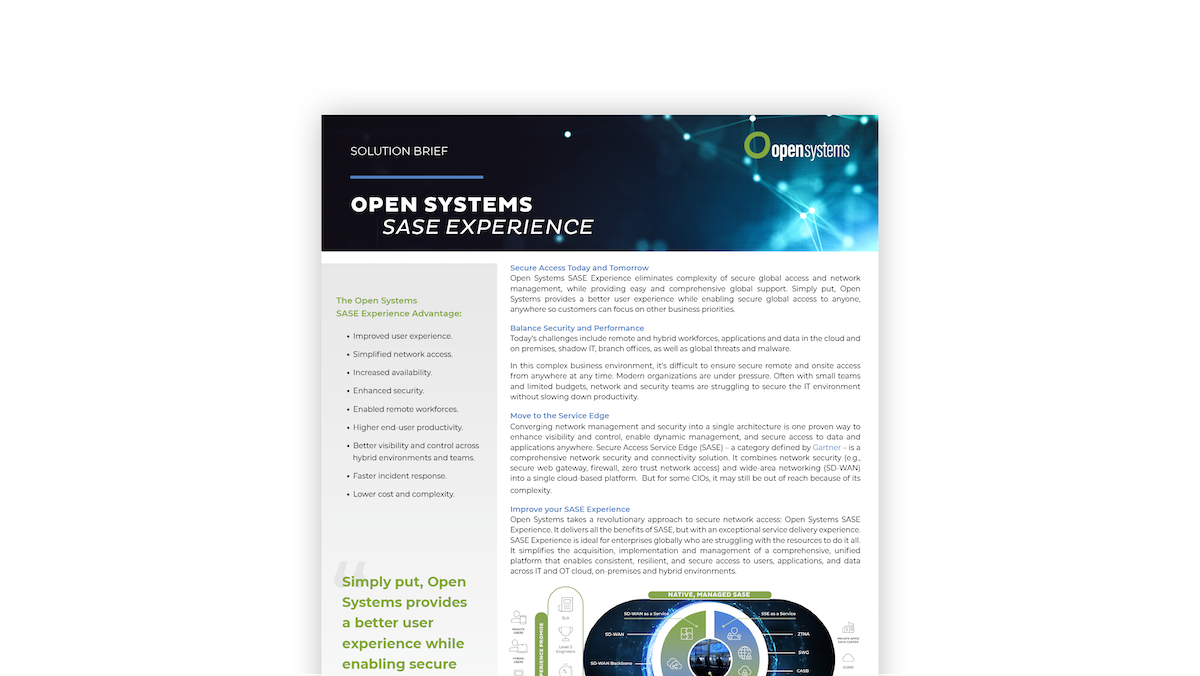
Tech Stack Management
A Tech Stack Line No Other
A Flexible and Fluid Tech Stack
Our tech stack is seamless and continually being improved by our engineers. It defines our cloud-based platform and the services we provide. Built-in agility and scalability allow our tech stack platform to support organizations, sites, or users located anywhere. It also includes on-premise systems and mobile entry points.
Purpose-built to be flexible, it can deliver nearly any security capability imaginable. The fluidity between our tech stack layers allows us to transition seamlessly from networking to security and blurs the lines between technologies and services.

A Unified and Orchestrated Tech Stack
A seamless tech stack enables a more unified and performant service. For example, our SASE Service Delivery Platform unifies independent network and security functions into one. This single-pass architecture reduces latency between steps and delivers greater performance.
Our DevSecOps engineers leverage and manage our tech stack to create automated processes that hunt and contain cyberthreats quickly.

An Extensible Tech Stack
A fundamental principle of how we design and develop our tech stack is that it must remain extensible. Our DevSecOps engineers use agile and iterative development methodologies to add new capabilities to our tech stack. New features are quickly added and qualified as they don’t require significant changes to lower-level or adjacent stack elements.
The experience we’ve gained in tech stack design and development techniques is evident in our current tech stack. It’s not only performant, seamless, and agile but ready to meet the unpredictable needs of the future.


Leave Complexity
Behind
To learn how Open Systems SASE Experience can benefit your organization, talk to a specialist today.
Contact Us



